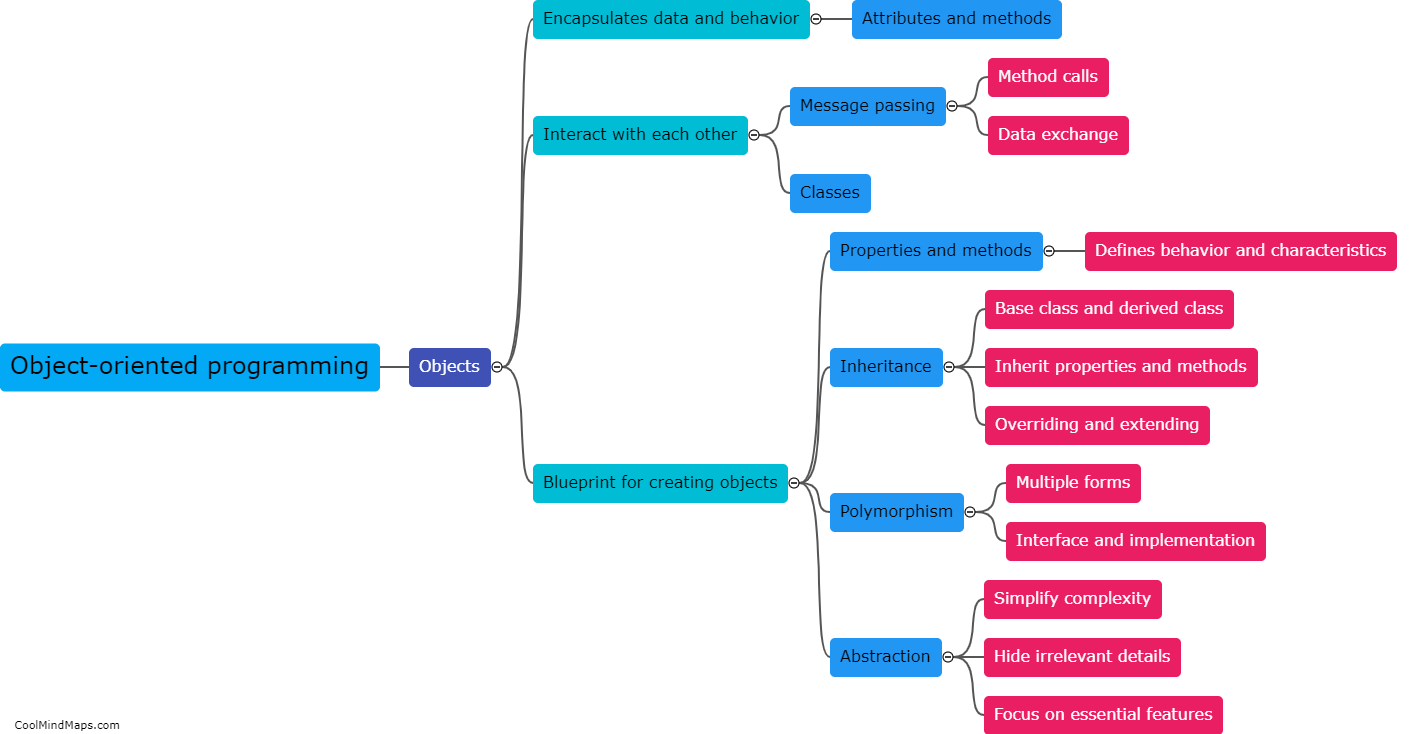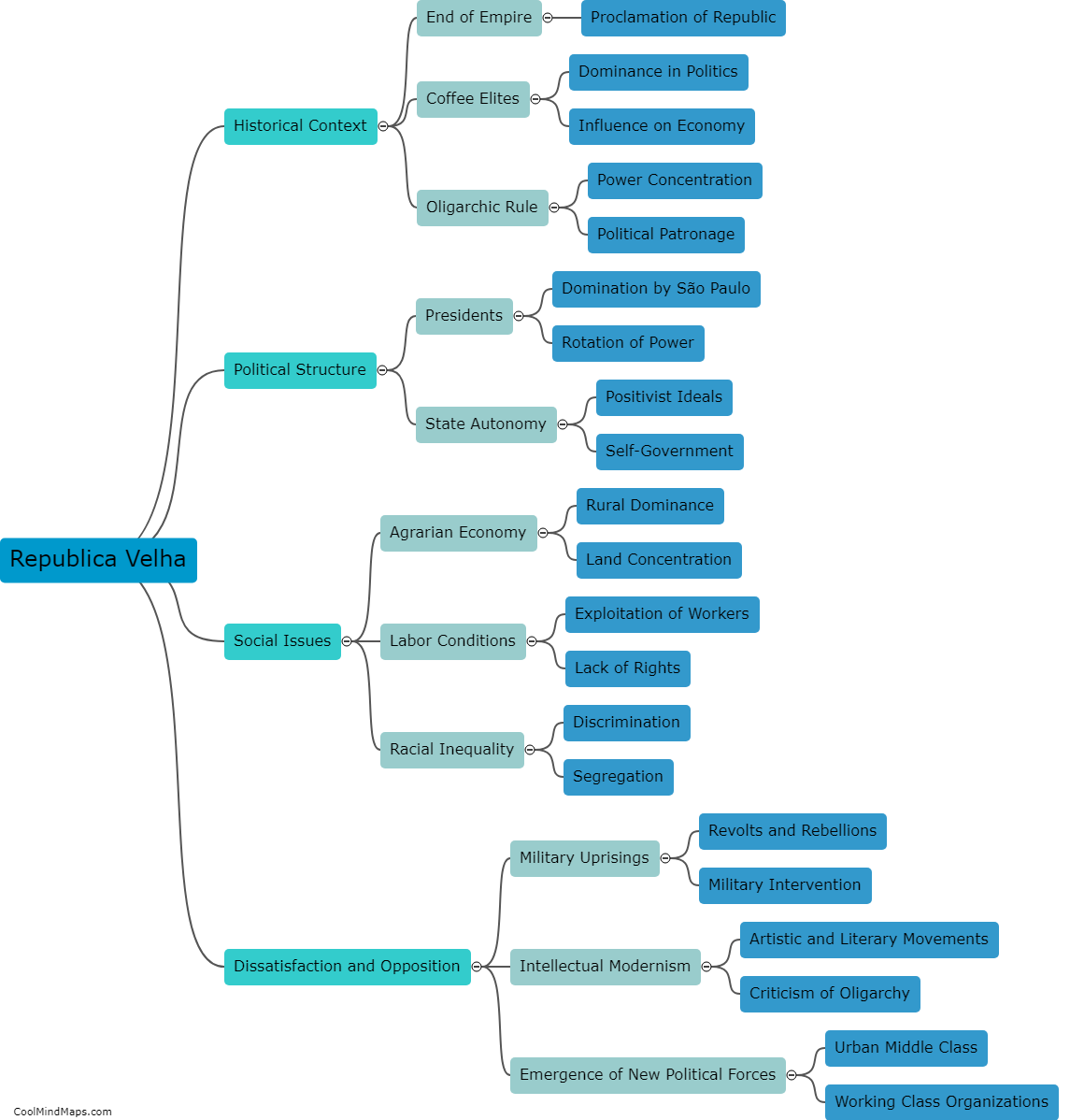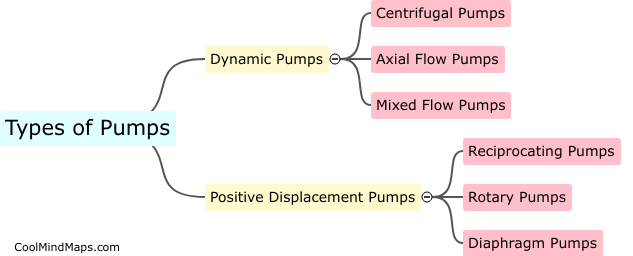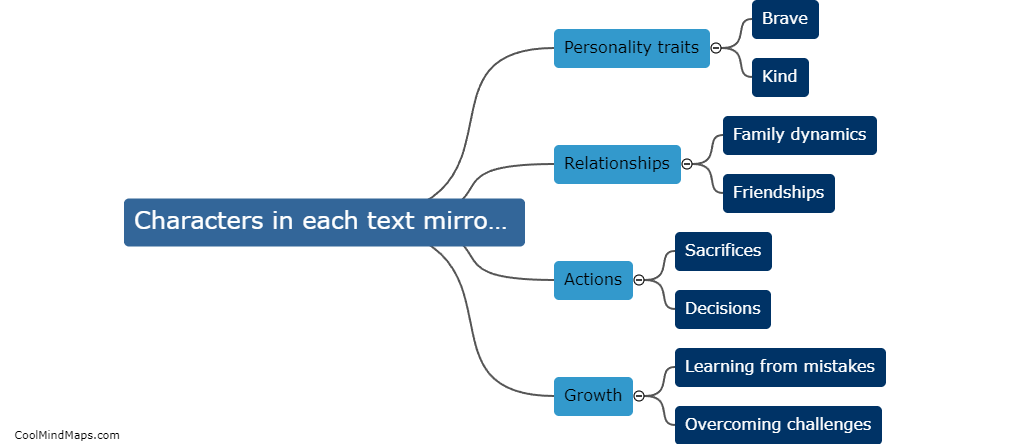Design considerations for a roller coaster
Designing a roller coaster involves careful consideration of various factors to ensure a thrilling yet safe experience for riders. Some key design considerations include track layout, speed, height, and G-forces. The track layout must allow for a smooth and exhilarating ride, with elements like drops, loops, and twists strategically placed to maximize excitement. Speed and height must be balanced to provide enough thrill without compromising safety. G-forces should be carefully managed to avoid causing discomfort or injury to riders. Overall, successful roller coaster design requires a careful integration of these factors to create a thrilling and unforgettable experience for all who dare to ride.

This mind map was published on 5 June 2024 and has been viewed 97 times.











